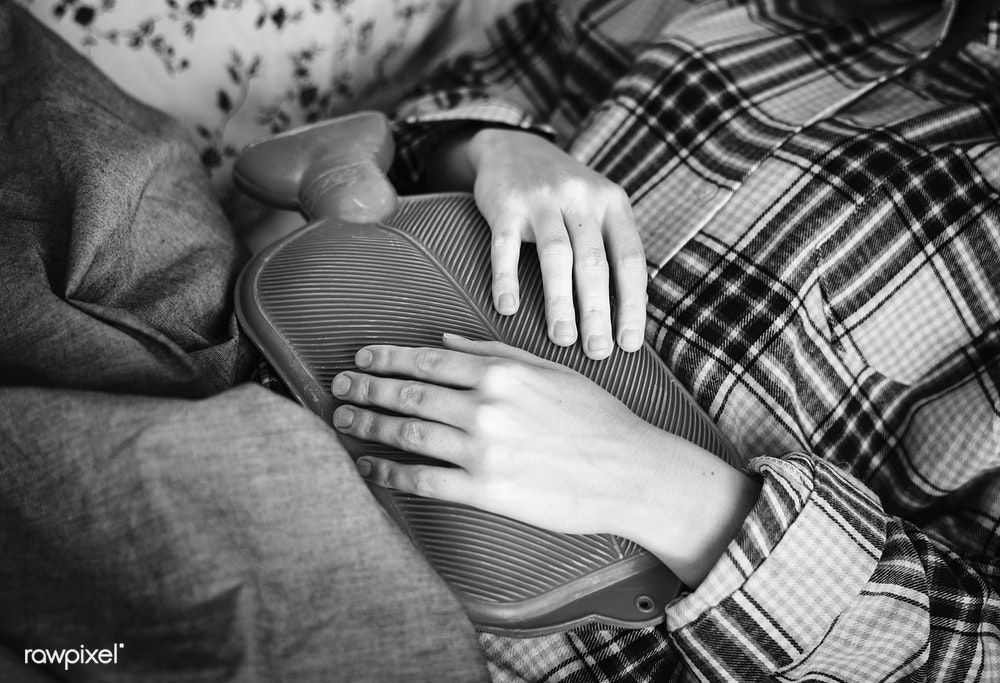Continuing our series on STIs and the things related to it, it’s time to talk about PID. Pelvic inflammatory disease (PID) is an infection of the female reproductive organs. It is not quite talked about in this part of the world, but with as frequently as STIs move around, it really should be. PID usually occurs when sexually transmitted bacteria leave from the vagina and get into the uterus, fallopian tubes or ovaries. As time goes on and if the STIs are not treated, these bacteria can move into the pelvic region and affect its organs, leading to PID.
PID can be caused by fungi, parasites or bacteria, but by far the most common is bacterial. Different types of bacteria can be responsible, but the most likely culprits are the ones that cause gonorrhoea and chlamydia. What commonly occurs is that bacteria first enter the vagina and cause an infection. As time passes, this infection can move into the pelvic organs. PID can become extremely dangerous, and be a potential threat to your life, if not identified and treated early. It is especially so if the infection spreads to your blood.
There are also often no clear signs or symptoms, which makes it all the more difficult to detect and get the needed treatment for, early enough. The condition is often detected way later, when people are having trouble with pregnancy, or if they have chronic pelvic pain.
Risk factors for PID
The risk of developing pelvic inflammatory disease increases if you have gonorrhoea or chlamydia, or if you have had an STI before. Of course, this does not mean this is the only way to develop the disease. You can have PID without having or having had an STI. The following are some other important risk factors:
- Childbirth, or having an abortion or miscarriage. The risk here is increased because with any of these situations, the cervix might not be fully closed, and bacteria can more easily spread, if they are able to enter the vagina.
- An endometrial biopsy. During such a biopsy – when a sample of tissue is being taken for analysis – there is the slight risk of infection and subsequent PID.
- Appendicitis also very slightly increases the risk, if the infection spreads from the appendix to the pelvis.
- having sex under the age of 25
- having multiple sex partners
- having unprotected sex
- having an IUD recently inserted
- douching
- having a history of pelvic inflammatory disease
What are the symptoms of PID?
As stated earlier, one of the challenges of dealing with this disease is that many women do not actually show symptoms. But here are a few symptoms to take not of, that show up for other women:

- mild to severe pain especially in the pelvic area
- fever
- fatigue
- bleeding or spotting between periods
- irregular menstruation
- pain in the lower back and the rectum
- pain during sexual intercourse
- unusual vaginal discharge
- frequent urination
- vomiting
Sometimes the symptoms are similar to those indicative of a urinary tract infection (UTI), appendicitis, ovarian cysts or endometriosis.
Possible Complications
- Ectopic pregnancy. PID is a major cause of ectopic or tubal pregnancy. In an ectopic pregnancy, the scar tissue from PID stops the fertilized egg from getting through the fallopian tube to implant in the uterus. Ectopic pregnancies can lead to serious bleeding that can be life-threatening.
- Infertility. PID can also cause damage to your reproductive organs and cause infertility. The risk of infertility increases with how many times one has had a PID. Not getting treatment immediately for a PID also increases the risk of infertility.
- Chronic pelvic pain. PID can lead to pelvic pain that can be present for months and years. Scarring in your fallopian tubes and other pelvic organs can also cause pain during intercourse and ovulation.
- Tubo-ovarian abscess. PID can also cause an abscess — a collection of pus — to form in your uterine tube and ovaries. This could lead to you developing a life-threatening infection.
Treatment
A doctor will most likely prescribe antibiotics to treat PID. They may be two different types of antibiotics, because the doctor may not know exactly which type of bacteria caused the infection. Pelvic inflammatory disease may also require surgery, on rare occasions. It only gets to this point if an abscess in the pelvis ruptures or the doctor suspects that an abscess will rupture. It can also be necessary if the infection doesn’t respond to treatment.
The bacteria that cause PID can spread through sexual contact. Men may be silent carriers of bacteria that cause pelvic inflammatory disease, and should therefore get themselves checked for it as well. If not, the infection will keep recurring in a woman who has sex with a man with PID, and as seen above, so many complications can arise.

